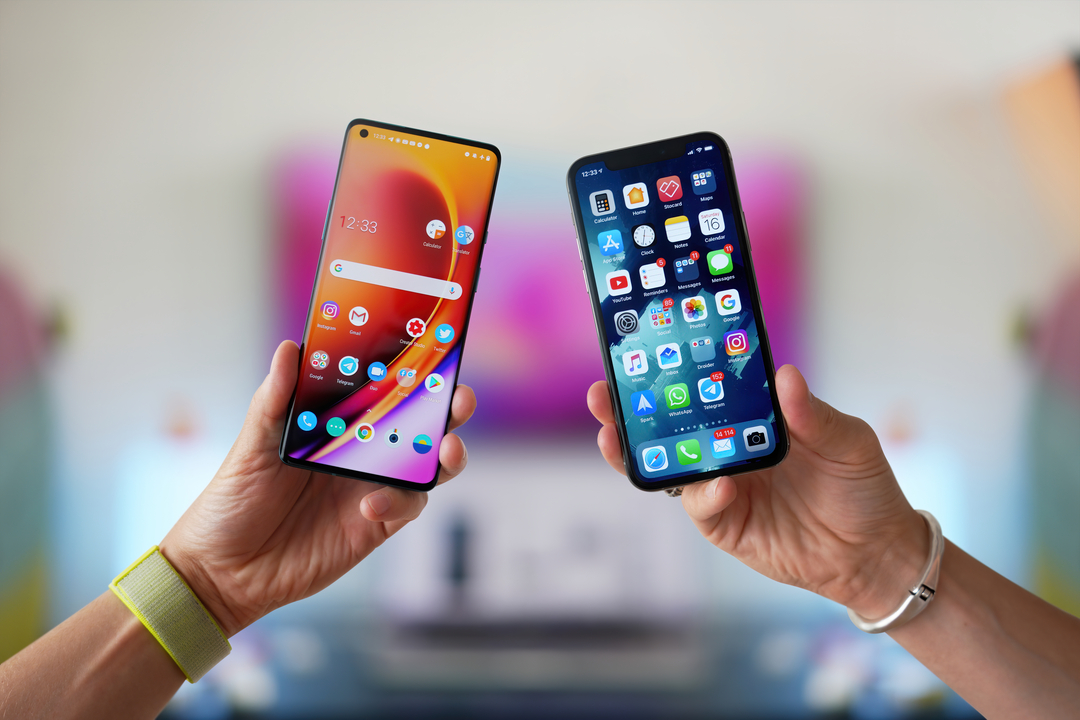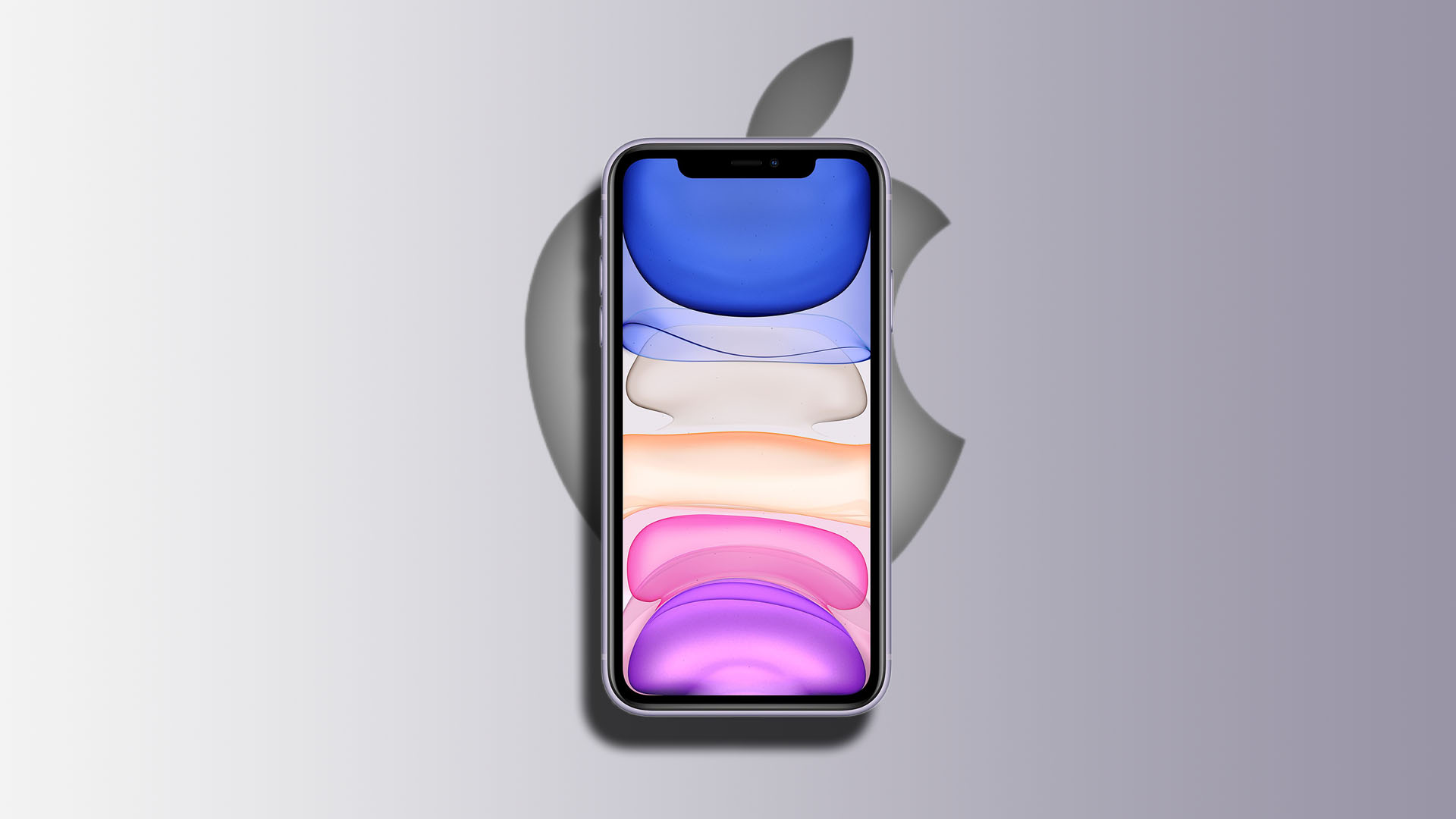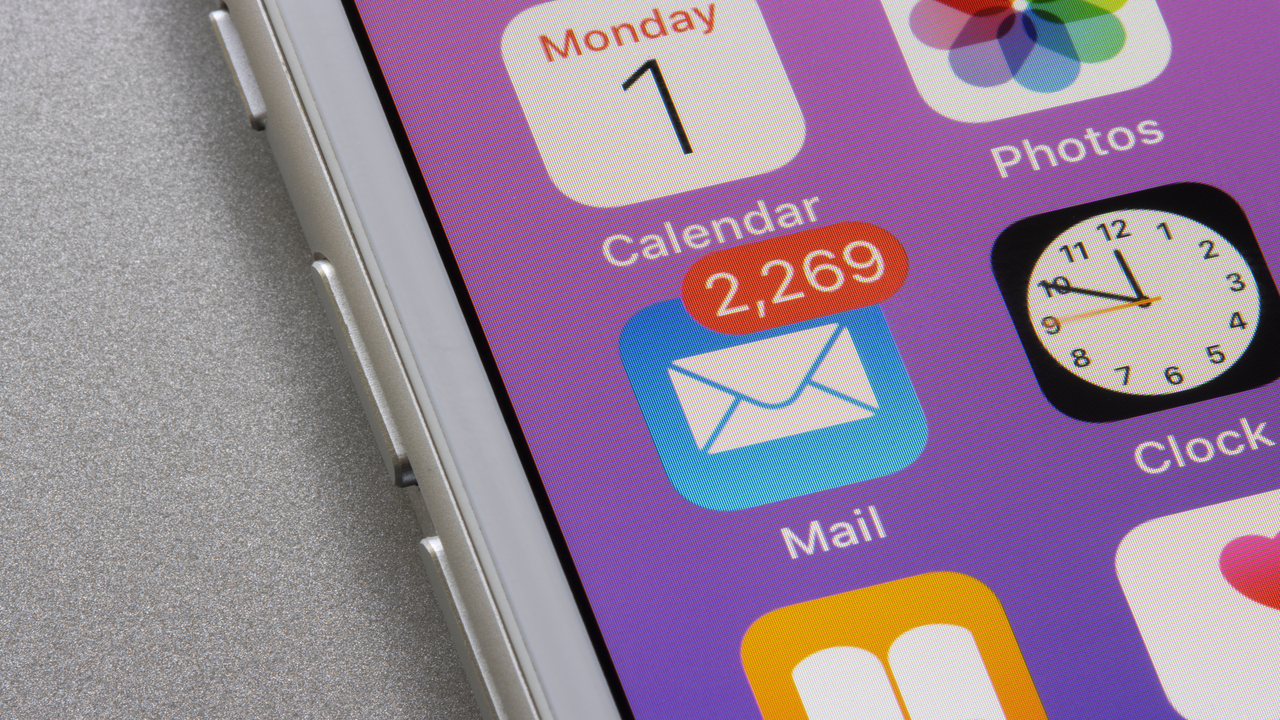

This last week has overflowed with information around today's Apple Event, with Apple fans across the globe venturing to second-guess the arrival of the firm's new gadgetry. While it’s hard not to get wrapped up in all of this Apple-mania, let us not forget the approaching footsteps of Android 12 and the brilliant array of features the best Android phones have to offer us.
With Android 12 nearly here (and a possible early debut on Pixel phones in tow) it's good to step back, breathe in, and ponder which features the best iPhone devices need to steal from Android. We now have a pretty good grasp of what features to expect from the new iPhone. All of these will likely bundle into a shinier, newer smartphone that polishes last year’s issues and adds some new features along the way.
- Best Apple Watch 2021: which model should you buy?
- Apple Watch 7 rumoured to follow iPhone's lead and pack bigger screen into sleeker body
Energy-efficient LTPO displays

Apple is very rarely one to first introduce new features, usually preferring to refine existing technology, before then rolling it out and blowing the competition out of the water when it finally releases its own take on said features. With this said, we're hoping that the hyper-premium iPhone 13 Pro Max and iPhone 13 Pro get low-temperature polycrystalline oxide (LTPO) display tech.
Not only are these displays more energy-efficient than the current crop of iPhone displays, but they've existed for a while in the Android camp through the likes of, say, the Samsung Galaxy S21. Such a display could bring wide-ranging benefits to the iPhone like longer battery life and, most importantly, the ability to have an always-on lock screen. Android's versatility has long-enabled Always On Displays (AOD) in phones like Samsung's flagship Galaxy line. It's now surely time for an Apple Watch-like always-on mode that shows useful notifications even when the screen is turned off.
Phone customizability

Apple finally granted users better home screen customization options when it rolled out iOS 14. And while the newly polished widget designs were easy on the eye, general theming and customization still remained tricky. We're now on iOS 14.8; it's true that progress has been made, but it's still a minefield when trying to customize your iPhone's homescreen.
Apple remains bafflingly elusive over giving its users better personalization controls. For a company that takes current technology and makes it exquisitely simple, iPhones are still locked down in this area. To be clear: creating a simple theme for your iPhone homescreen is nightmarishly convoluted. Comparatively, Android home screen customization is a doddle, but customizing your iOS home screen aesthetic can push one to the proverbial edge. We're hoping Apple takes a leaf out of Android's book for the launch of the iPhone 13, delivering a bundle of controls that simplify iOS customization making it easier and less painful.
Notifications

Android to iOS converts will rightfully complain about the way Apple handles notifications compared to Google. There's merit in this: for a firm that champions simplicity, notifications still feel outdated like fumbling through an old lucky dip bag. only to find that you've opened an email from eight hours ago and not the recent text message you wanted.
Get all the latest news, reviews, deals and buying guides on gorgeous tech, home and active products from the T3 experts
Apple has addressed some of these issues in the past, but iPhone users will know the sickly dread that comes from having to reach the entire distance of your phone to the left corner of your screen, where you are vulnerable to accidentally activating iOS' Search function or the Control Center. Neither of these is ideal when you're trying to get to your notifications.
None of this makes mention of old notifications, either. If you deal with a notification on your iPhone, it’ll still be there for you to dismiss on your iPad. These stale, read, and outdated notifications should be long gone. Same applies to when you archive an email on another tablet, phone, or computer, that notification will still be lying in wait hours later on your other device. In the grand scheme of things, it may not seem like a major issue, but I can assure you that once you scale this up to a day's worth of notifications, you quickly become drowned in material that should be archived.

Luke is a former news writer at T3 who covered all things tech at T3. Disc golf enthusiast, keen jogger, and fond of all things outdoors (when not indoors messing around with gadgets), Luke wrote about a wide-array of subjects for T3.com, including Android Auto, WhatsApp, Sky, Virgin Media, Amazon Kindle, Windows 11, Chromebooks, iPhones and much more, too.